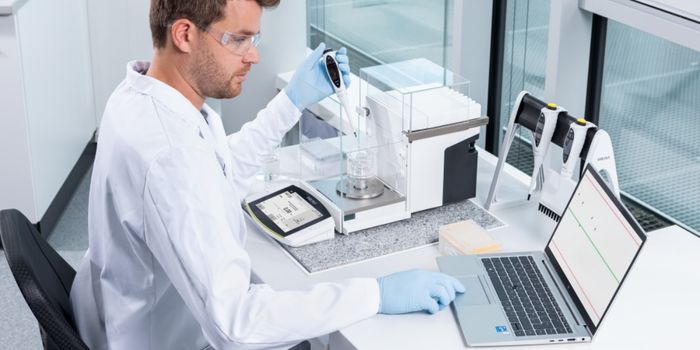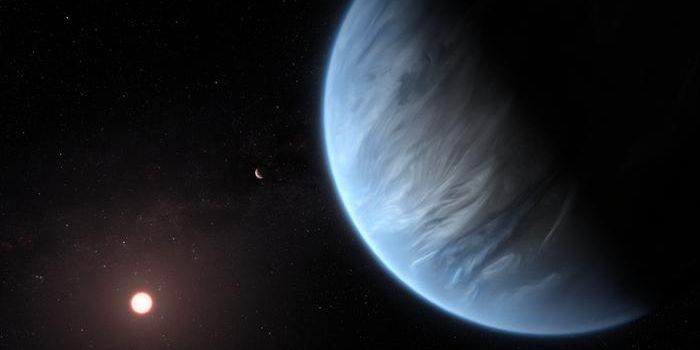Quantum Spin Liquid Observed for the First Time Via Simulator
A new paper published in Science says that researchers at Harvard University have observed quantum spin liquids through a programmable quantum simulator.
Quantum spin liquids are nothing like the liquids we know. They exhibit characteristics similar to magnets, but there are significant differences: in regular magnets, when the temperature drops below a certain threshold, the electrons in the magnet form a solid that has magnetic properties. In a quantum spin liquid, the electrons do not create a solid under the same properties and are constantly in flux, similar to a liquid. One researcher describes it as “one of the most entangled quantum states ever conceived.”
Topology is the study of the fundamental properties of objects. Topological properties are features of an object that don’t change when an object changes shape, only when an object is torn or put together in new places. Topological properties don’t just apply to large objects: topological properties are observed in the quantum realm as well, allowing for some stability in the uncertain quantum realm.
Topological quantum phases matter exhibit topological order. To simulate a quantum spin liquid, researchers introduced a third electron to the two electrons already present in magnets (with one up and one down spin). Usually, the two opposing spins of the electrons stabilize each other, but the third electron tips balance, creating a frustrated magnet.
Researchers used a quantum computer simulator to produce their own frustrated lattice of atoms. After the particles were entangled, researchers measured the strings that connected the atoms. These are called topological strings, and they are indicators of quantum correlations. Observing these connections between the atoms in the lattice confirmed that they had simulated a quantum spin liquid. The quantum simulation allows researchers to manipulate the state of matter and study its properties, which has never been done before.
Quantum spin liquids are important in the advancement of quantum computers. Quantum computers are made from quantum bits (qubits), and quantum spin liquids could help develop qubits more resistant to outside noise and interference. A more stable quantum computer will work for longer periods without errors— a challenge researchers have been trying to correct for ages.
In the meantime, many facets of quantum spin liquids still need to be studied. This experiment was a proof-of-concept test, but physicists are excited to learn more about topological quantum matter and explore how it can be used to create quantum bits. The future of quantum computing grows closer every day.
Sources: Science, SciNews, ScienceAlert








